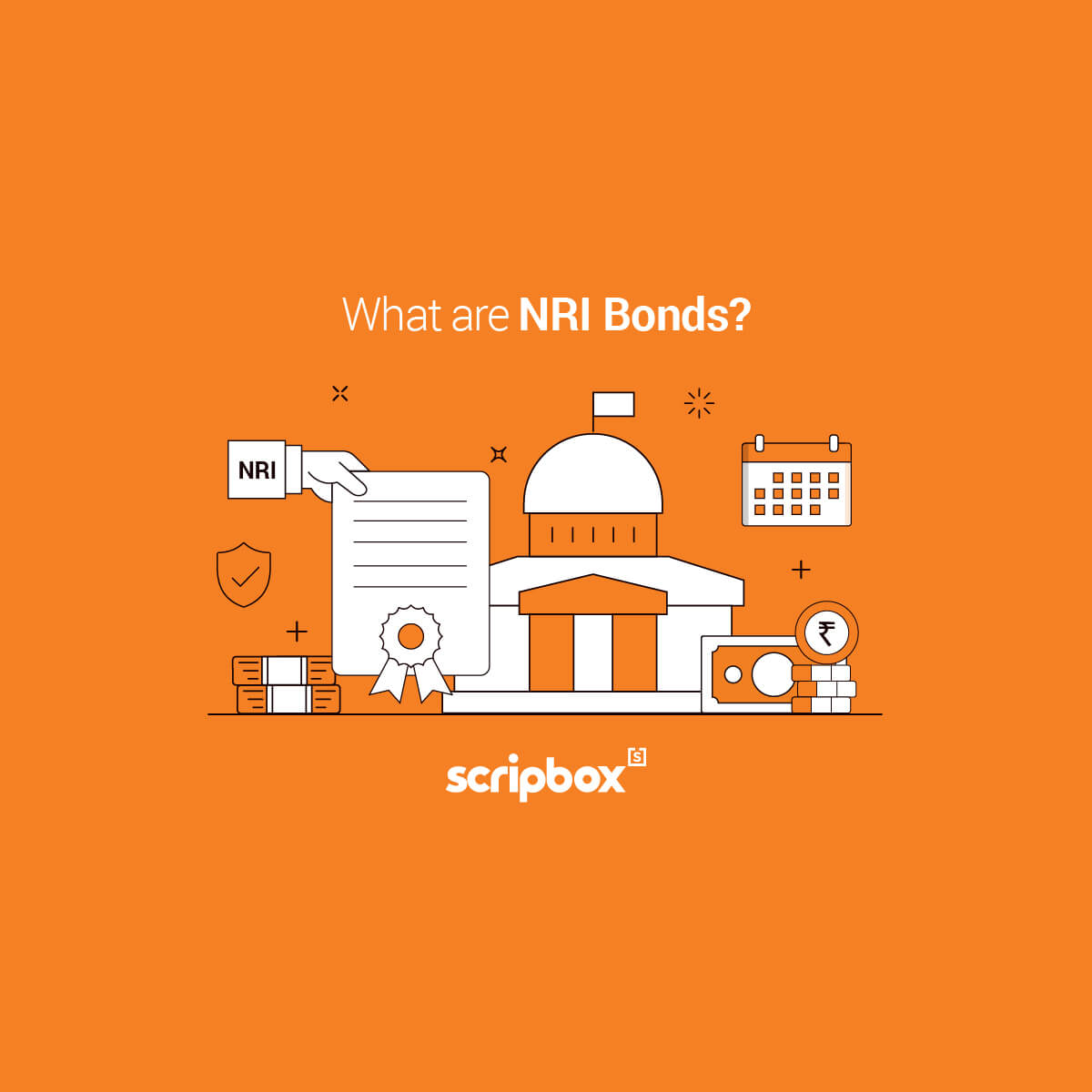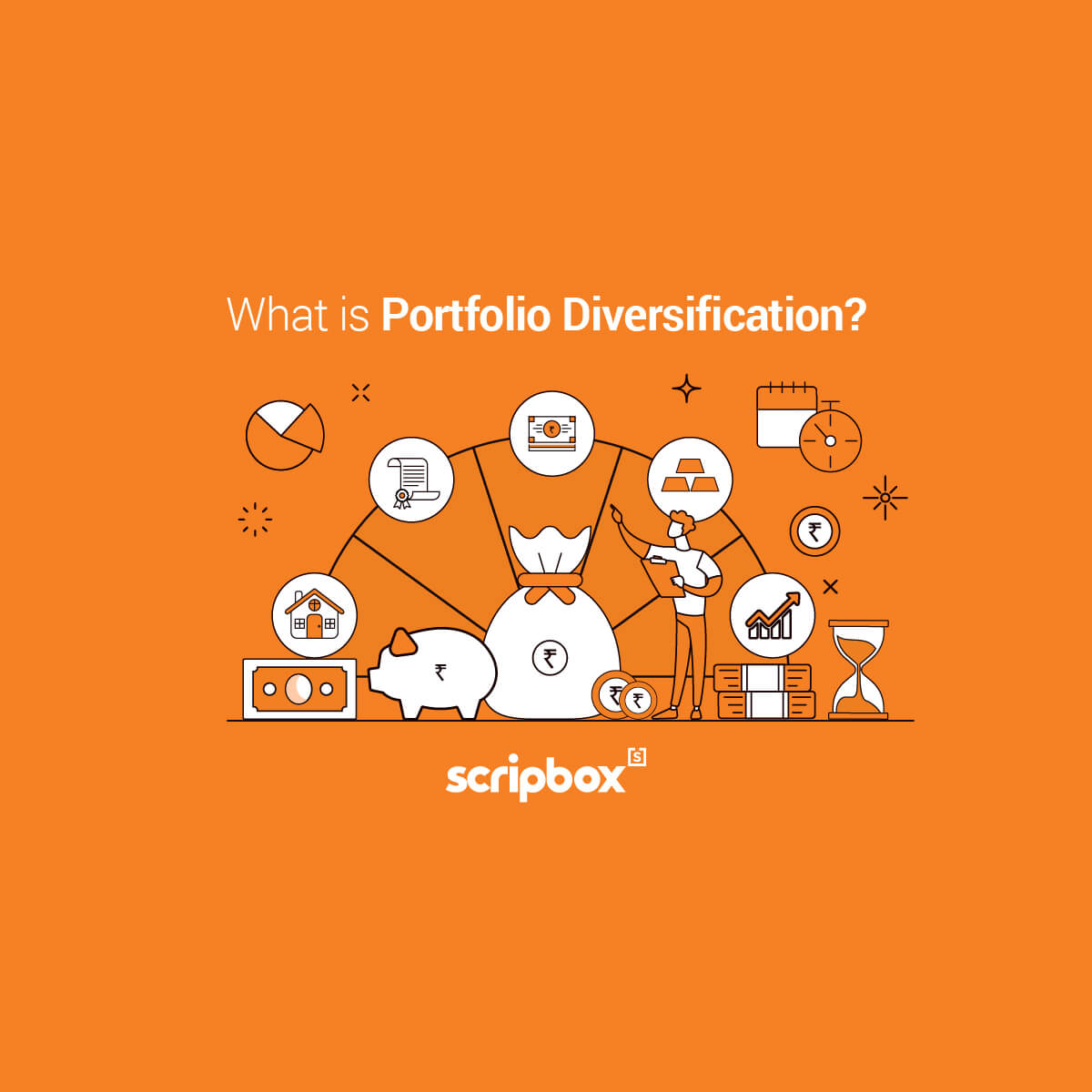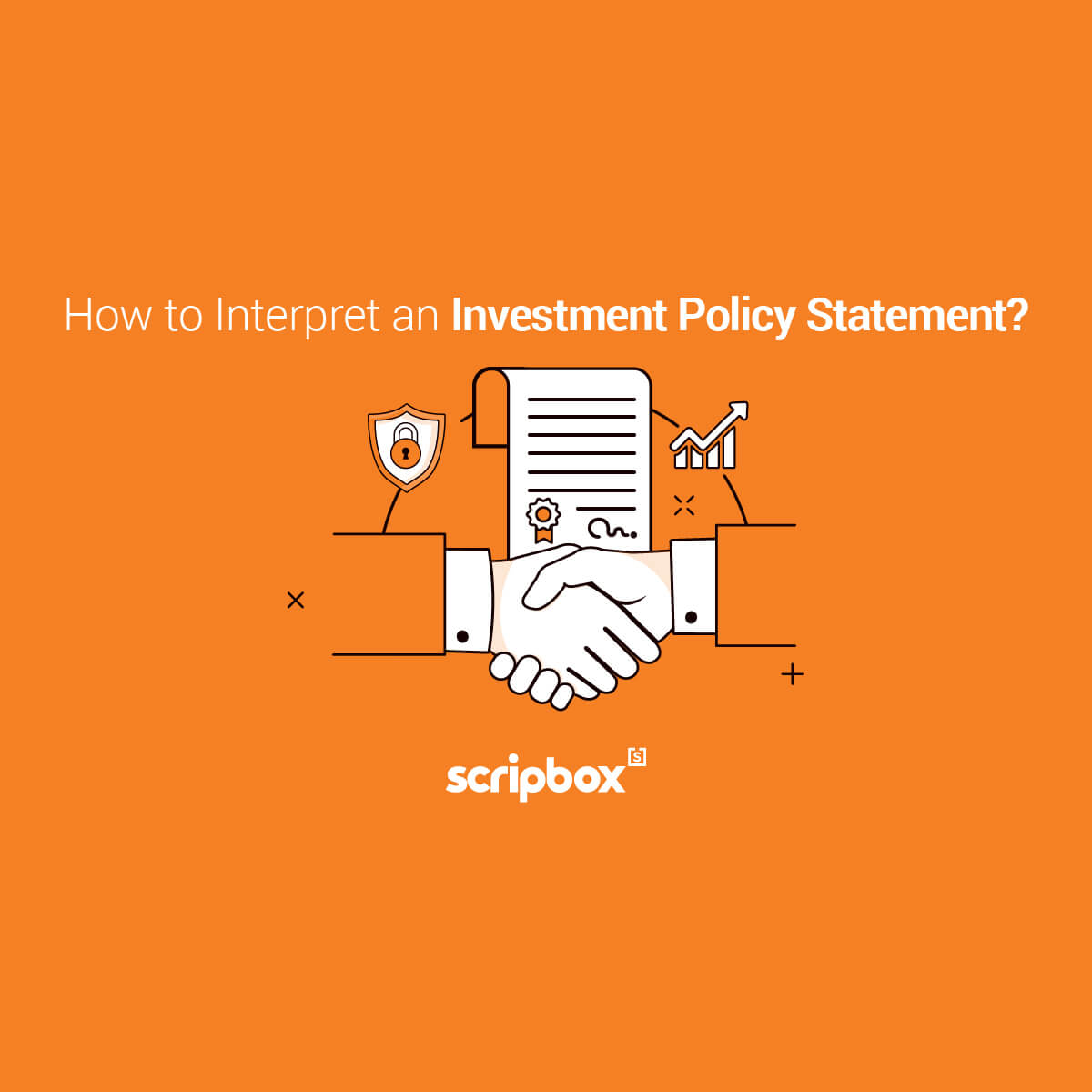NASDAQ Composite Index, or simply NASDAQ, is the main index on the NASDAQ stock exchange. It includes more than 3,000 stocks and the technology industry, and the consumer services industry dominate the index. The article covers in detail the NASDAQ Composite Index, its composition, and methodology.
What is the NASDAQ Composite Index?
The NASDAQ Composite Index or popularly known as the NASDAQ, is the representation of the universe of companies listed on the NASDAQ stock exchange. Launched in 1971, the index covers more than 3,000 stocks and represents a more innovative and growth-oriented sector of the economy.
NASDAQ Composite Index is a market-cap-weighted index, and its value is based on the market cap of the underlying stocks. The index includes common stock, shares, ADRs, REITs, and limited partnership interests. It excludes ETFs, closed-ended funds, convertible debentures, preferred stock and other derivatives.
Technology companies, followed by consumer services, consumer goods, financials and industrials dominate the index. Utilities, oil and gas, basic materials and telecommunication have a minute share in the index.
The NASDAQ Composite Index is often compared to its equivalents like S&P 500, Dow Jones. Post the dot com bubble, the index outperformed its peers more than 12 out of 18 years. The easiest way for investors to invest in NASDAQ Composite Index is through an ETF, for example, the Fidelity NASDAQ Composite Index Fund (FNCMX)
Explore: US Stocks
How does NASDAQ Composite Index work?
NASDAQ Composite Index is based on the market-cap-weighted method. This means the index is an aggregate of the market cap of all the listed stocks of the index. Hence, the companies with larger market cap have more weightage than companies with smaller market cap.
As a result, even a slight change in the market cap of companies with more weightage will have a greater effect on the value of the index. For example, a company with a market cap of $200 million will have twice the more effect on the value of the index than a company with a market cap of $100 million. NASDAQ has 3,097 listed securities as of April 2021. The top 10 securities account for 1/3 of the value of the index and is rather a top-heavy index.
NASDAQ Weighting Method
The NASDAQ Composite Index uses the weighted market capitalization method to estimate the index’s value. The value of the index is the aggregate of the individual securities’ weights multiplied by the last trading price of the security. The aggregate is then divided by an index divisor that scales the value to a more appropriate number for reporting.
The exchange continuously calculates and reports the value of the index every one second. The final value of the NASDAQ is reported at 4:16 pm after the market closes for the day. NASDAQ Composite Index has two versions, the price return and total return.
The price return is the return on the price of the share and doesn’t include reinvestment of cash dividend but includes non-cash dividend. The total return includes the reinvestment of cash and non-cash dividend on the ex dividend date.
Eligibility for NASDAQ
The eligibility criteria for NASDAQ Composite Index is that the security’s U.S. listing must be exclusively on the NASDAQ Stock Market. Securities listed before January 1, 2004, on other U.S. market and have been continuously maintained such listing are also included. Following are the types of securities that can be part of the NASDAQ Composite Index:
- Common Stock
- Ordinary Shares
- Real Estate Investment Trusts (REITs)
- American Depositary Receipts (ADRs)
- Limited Partnership Interests
- Shares of Beneficial Interest (SBIs)
- Tracking Stocks
Furthermore, the following are the types of securities that are not eligible for inclusion in the NASDAQ Composite Index:
- Preferred stocks
- Exchange-traded funds
- Rights
- Warrants
- Units
- Any other derivative securities
Also, the Composite Index removes securities that no longer meet the eligibility criteria.
Composition of NASDAQ
The NASDAQ Composite Index has more firms than most other stock market indices, with over 2,500. The Composite is one of the most extensively followed and quoted major market indices due to its broad base. The index uses the market capitalization weighting method. This means that the largest companies listed on this exchange have the most influence on the index’s value.
The Nasdaq Composite consists of a mix of long-established companies that have been on the exchange since its establishment. As well as IPO newbies, companies that expanded from OTC marketplaces. And also companies who migrated from other exchanges.
Coming to the industry breakdown, technology accounts for about half of the total index weight. The consumer services industry comes in second with about 20%, followed by health care with about 10%. The other sectors that follow are consumer goods, financials, and industrials, with 7.61%, 6.61%, and 6.09%, exposure respectively. The sectors such as telecommunications, utilities, basic materials, and oil & gas each have less than 1% weight.
Other NASDAQ Indexes
NASDAQ 100 Index
The NASDAQ 100 Index is among the world’s preeminent large-cap growth indexes. It includes 100 largest domestic and also international non-financial companies listed on the NASDAQ stock exchange. The 100 companies are based on their market capitalization. The index is the home for some of the world’s most innovative companies such as Apple, Google, Tesla, etc.
Except for the financial sector, which includes commercial and investment banks, the index covers companies from a variety of industries. Retail, biotechnology, industrial, technology, health care, and other non-financial sectors are among them.
The index uses a modified capitalization methodology for stock selection. The modified method uses individual weights as per the company’s market capitalization. Weighting allows limiting the influence of the largest companies and balances the index among all the members. To maintain the balance, NASDAQ, on a quarterly basis, reviews and adjusts weightings.
NASDAQ-100 Equal Weighted Index
NASDAQ 100 Equal Weighted Index is an equal-weighted variation of the NASDAQ 100 Index. The weights of each security are set at a weight of 1%. This is an alternative to market capitalization weighting. The equal weighting mechanism allows smaller companies to contribute equally to the larger companies. The index comprises the same securities as the NASDAQ 100 index, however, the initial weights are set at 1%. In other words, the index has the 100 largest domestic and also international non-financial companies listed on the NASDAQ stock exchange.























Show comments